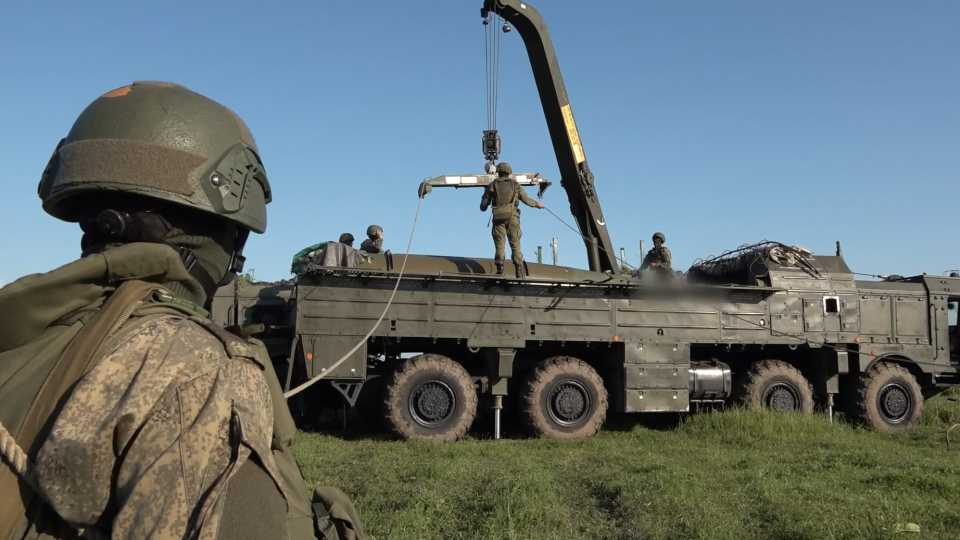Russia and Belarus, two nations deeply intertwined by geopolitical ties, have recently embarked on the subsequent phase of military exercises featuring the use of tactical nuclear weapons. This move, reported by news distributor TVP World, signifies an escalation in tensions and evokes apprehension within the international community.
These notable military exercises represent a concerted effort by Russia and Belarus to demonstrate their formidable joint military capabilities tailored to the operational application of tactical nuclear armament. Tactical nuclear weapons, contrasted against strategic nuclear weapons, are primarily designed to be used on the battlefield. They possess lower yields and shorter ranges but can produce profoundly devastating effects.
The cooperative maneuver employs this particular nuclear capability in its drills, delivering a clear and stark signal to those observing from afar. The decision to ramp up the intensity at this juncture, using tactical nuclear weapons specifically, serves a dual purpose. Firstly, it highlights the strength of the Russia-Belarus alliance – a symbol of their mutual commitment. Secondly, it sends a message of defensive intention, subtly indicating their preparedness to counter any threat posed against either state.
While the drills are undoubtedly for demonstration purposes, the undertones of implied readiness for actual warfare cannot be dismissed. The international community would be remiss to ignore such potent indicators of aggressive deterrence strategies. Unavoidably, this raise in perceived stakes will induce fresh scrutiny of both Russia and Belarus, especially from nations harboring doubts about this alliance’s commitments to peace and stability—foremost among these potential skeptics is the NATO alliance.
To conclude, as the Russia-Belarus partnership ventures further into the realm of tactical nuclear drills, it is increasingly crucial for regional powers and the world at large to comprehend the full range of implications. While a marked rise in apprehension is expected, it should also spur the international community towards heightened strategic dialogues about future tactical shifts in Eurasian geopolitics. Such global focus and conversation are paramount to ensuring a balanced response and maintaining relative peace amidst rising geopolitical tensions.
